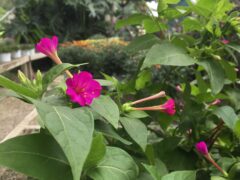
Four o’clocks
Mirabilis jalapa
An heirloom garden standard grown as an annual, these colorful antiques will self-seed and return … Continued
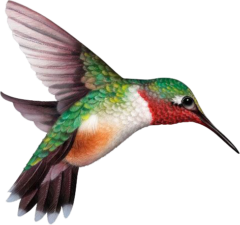 Hummingbirds, bees and butterflies are well-known pollinators, but there are thousands of unsung pollinator heroes, including moths, wasps, flies, and beetles, many mammals, birds, and reptiles, who also take on the job.
Hummingbirds, bees and butterflies are well-known pollinators, but there are thousands of unsung pollinator heroes, including moths, wasps, flies, and beetles, many mammals, birds, and reptiles, who also take on the job.
Pollinators move from plant to plant, fueling up with pollen and nectar from blooming trees, shrubs, perennials, annuals, vegetable plants, and herbs. As they move, the pollinators transport and deposit pollen, fertilizing plants and allowing them to reproduce.
Pollinator plants can be native and non-native, but not all flowering plants are equal when it comes to providing the highest quality protein-rich pollen. Many hybrids don’t even produce pollen at all. The following list includes pollen-rich plants to include in your garden to provide pollinators with food.
Local butterfly expert Lenora Larson has created these informational handouts. You can download them here!
• Butterflies: Flying Flowers in your Garden!
• A Vital Connection: Native Plants and Butterflies
• Long Lips Farm Caterpillar Foodplants
• Butterfly Bartending: Nectar Flowers
• Long Lips Farm: Selected Butterfly Nectar Flowers
• Bee Friendly: Plants for Bees and Other Pollinators
Since 1970 the population of North American birds has dropped nearly 30% — almost three billion birds have vanished from our forests, grasslands, and backyards in less than a human lifetime. It’s a chilling fact that makes it clear that we must act as individuals to help ensure their survival.
Most importantly, ninety-six percent of all terrestrial bird species rear their young on insects so it is also important to grow plants that feed insects to provide a well-rounded habitat in your garden.
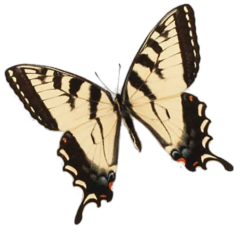

Mirabilis jalapa
An heirloom garden standard grown as an annual, these colorful antiques will self-seed and return … Continued
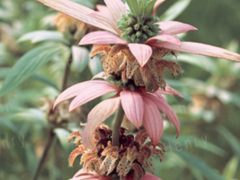
Monarda punctata
Prefers sandy soils and full to part sun. It has an exotic flower form and … Continued
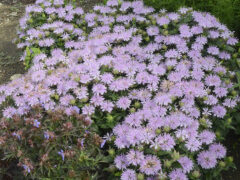
Monarda bradburiana
Grow in dry to medium moisture in well-drained soils in full sun to part shade. … Continued
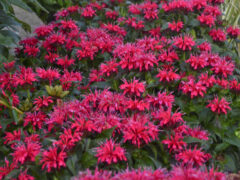
Monarda 'Buzz Cherry Pops'
In midsummer, ‘Cherry Pops’ forms a solid dome of cherry red, 2-2½” flowers on strong, … Continued
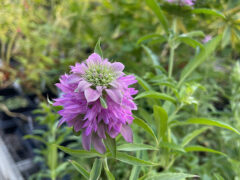
Monarda citriodora 'Lambada'
Horsemint foliage has a strong citrus scent when rubbed or crushed. It is very easy … Continued
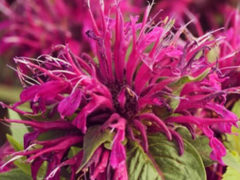
Monarda didyma
Monarda didyma ‘Balmy Pink’ is a dwarf plant covered in lavender-rose blooms in summer. ‘Balmy Purple’ sports … Continued
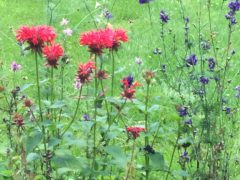
Monarda didyma ‘Gardenview Scarlet’
Large red flowers in June through August on mildew-resistant foliage growing 4-5′ tall. Heat and … Continued
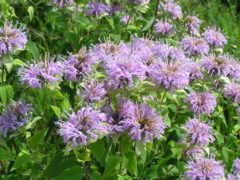
Monarda fistulosa
Violet blossoms with aromatic foliage. A familiar sight on the prairie. Native to most of … Continued
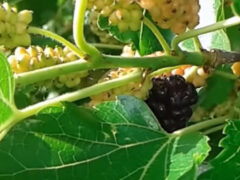
Morus rubra
A medium sized, upright spreading to rounded, deciduous tree native to woodlands, bottomlands and woodland … Continued
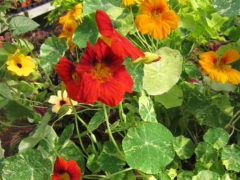
Tropaeolum
Nasturtiums are easy to grow and may be climbing, cascading or bushy. A popular edible, … Continued
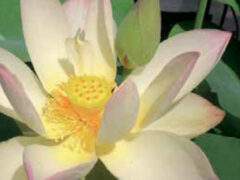
Nelumbo 'Beautiful Dancer'
This early bloomer produces many flowers of cheerful, bright pink changing to white with soft … Continued
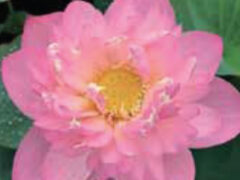
Nelumbo 'Handsome Hero'
6-9″ double pink flowers with erect inner petals and lower petals that droop giving a … Continued